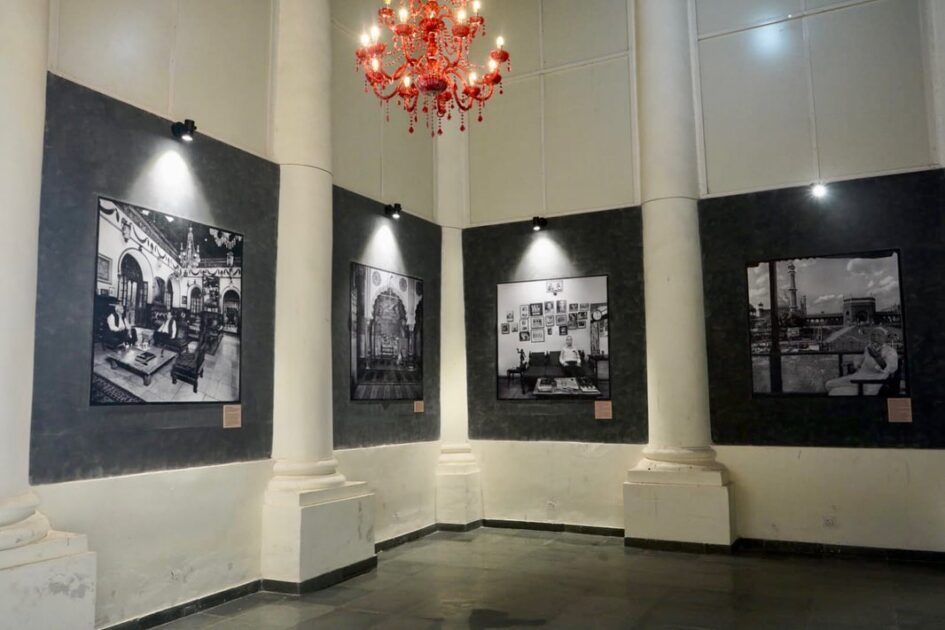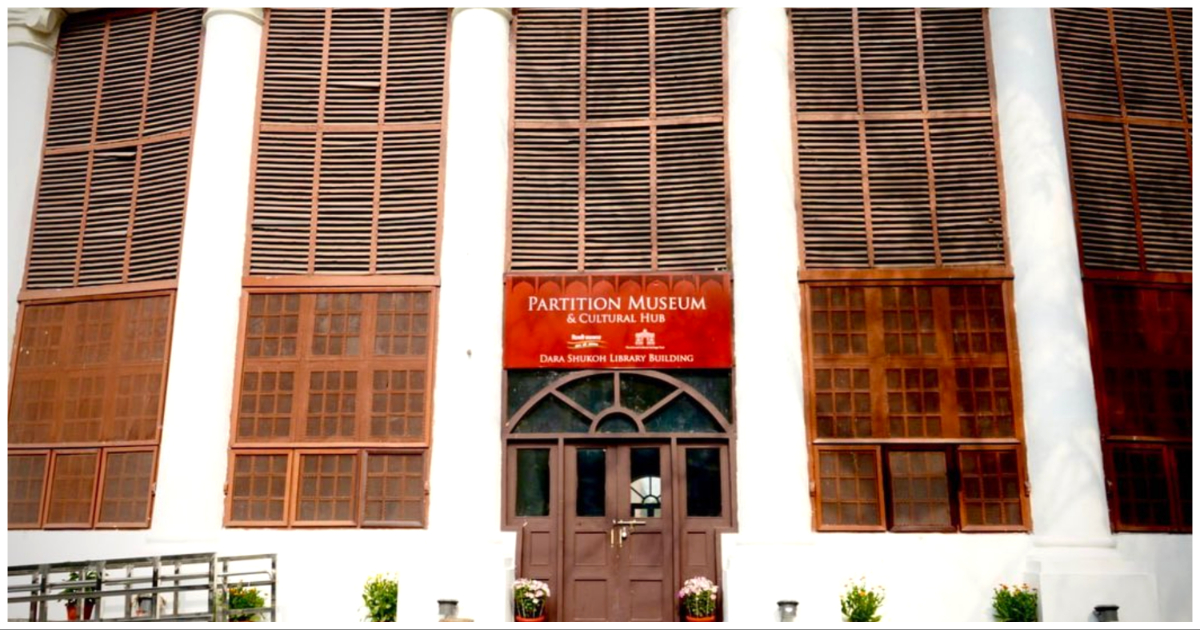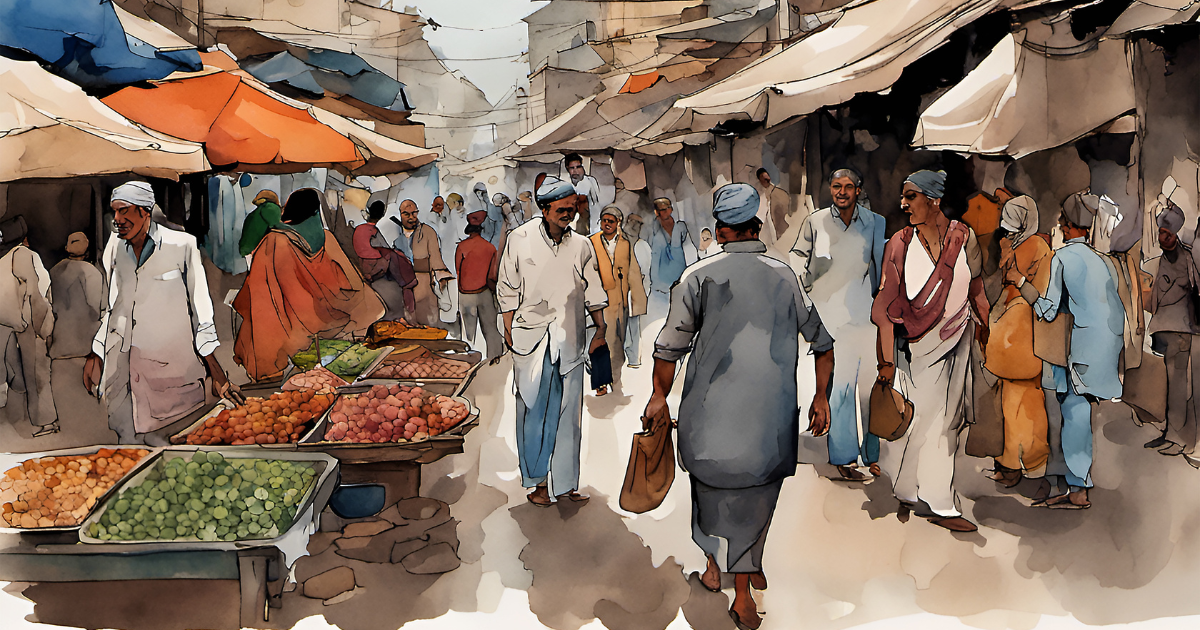The Partition of India in 1947 resulted in one of the largest mass migrations in human history, with an estimated 14 million people being displaced from their homes. To commemorate this historic event, a new museum dedicated to the partition is set to open in Delhi. The Partition Museum is a state-of-the-art facility that aims to educate visitors about the partition and its impact on the people of India and Pakistan.
The Partition Museum in Amritsar, Punjab, was the first museum dedicated to Partition and opened in 2017. The new museum in Delhi will act as an extension of the museum in Amritsar, allowing visitors to delve deeper into the events leading up to the partition, its impact on the people of India and Pakistan, and the stories of loss and displacement experienced by those affected.

The exhibits at the Partition Museum in Delhi are spread over several floors and cover a wide range of topics related to the partition, from the political and social causes of the event to the human stories of loss and displacement. The museum’s focus on personal narratives provides visitors with a vivid and emotional insight into the experiences of those who were affected by the partition.
One of the most striking features of the Partition Museum in Delhi is the way it uses personal stories to tell the story of the partition. The museum has collected hundreds of oral histories from people who lived through the partition, and these stories are incorporated into the exhibits in various ways. Visitors can listen to these stories on audio guides or read them on interactive screens.
The Partition Museum in Delhi also contains a number of interactive exhibits that help visitors to understand the impact of the partition on the lives of ordinary people. Among the collection’s highlights is a signed land deed from refugees fleeing from Pakistani Punjab and an Independence-era electricity meter from Lahore. The museum will also feature oral histories of Delhi citizens recounting their experiences during the mass migration, providing visitors with a more personal insight into the events.

The Partition Museum in Delhi is an important and timely addition to India’s cultural landscape, providing a much-needed space for the public to learn about and reflect on one of the most significant events in the country’s history. The museum’s focus on personal stories and interactive exhibits makes it an engaging and emotional experience for visitors.
Also Read: Lutyens’ Delhi and its shadow on India’s colonial heritage
The story behind the Partition Museum in Delhi
The Partition Museum is located in the historic Dara Shikoh Library, which was built in the mid-17th century by Dara Shikoh, the eldest son of Mughal Emperor Shah Jahan. The library was named after Dara Shikoh, who was a renowned patron of the arts and a scholar of Sufism and Hinduism. The library was later used as a courthouse by the British and then as a government office after India gained independence in 1947.
The Dara Shikoh Library building has a rich and varied history. Under British rule, it served as a British Residency for David Ochterlony, Archibald Seton, and Charles Metcalf. In the 20th century, the property was repurposed several times, including as a school, a polytechnic, and as the offices of the Delhi State Archaeology Department.
Eventually, the Arts and Cultural Heritage Trust (TAACHT) was entrusted with the building under the ‘Adopt A Heritage’ scheme by the Department of Art, Culture, and Languages, to set up the Partition Museum. The restoration and conversion of the building into a state-of-the-art facility that commemorates the Partition of India is a testament to the importance of preserving cultural heritage in the region.




